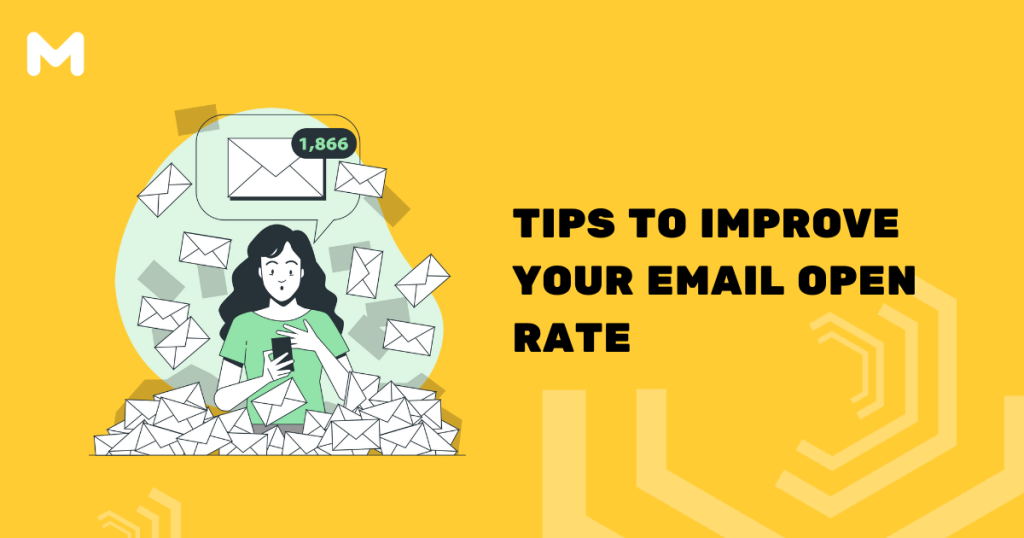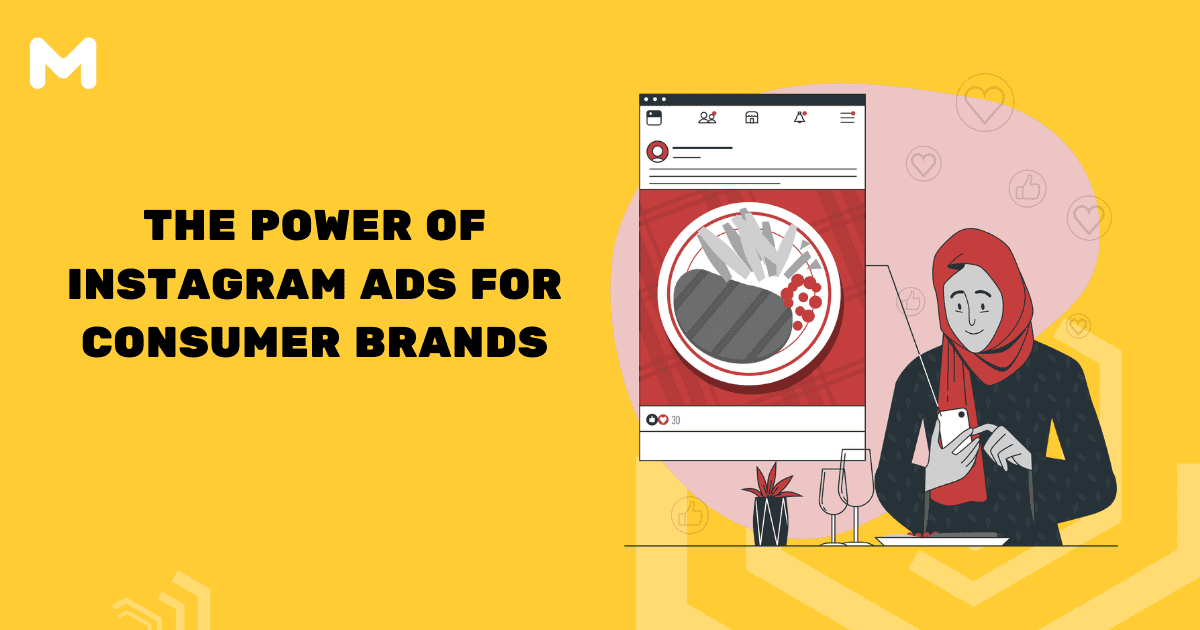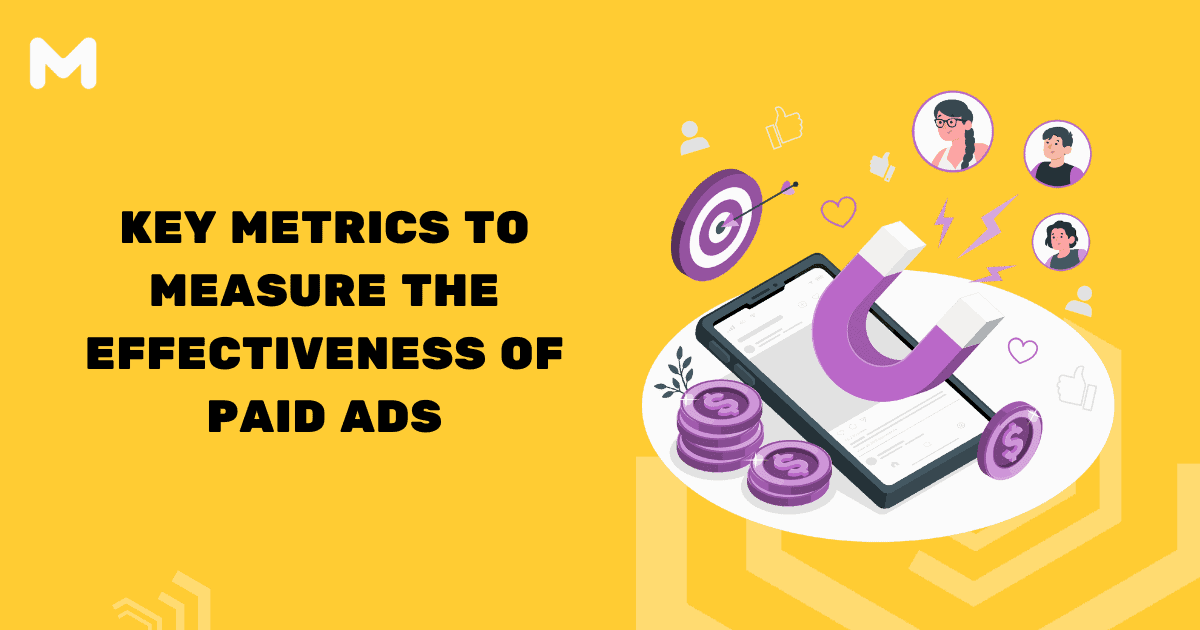What is an email open rate?
The percentage of recipients who actually opened the email you sent out of the total recipients is known as the email open rate. For each email you send, your email marketing software will typically inform you of this along with the “click rate,” which reveals the number of recipients that clicked a link in your email. A good open rate can indicate that your subject lines and sender name are effective in grabbing the attention of your audience. However, pairing a strong open rate with a high click rate is essential to ensure your content is driving engagement and achieving your campaign goals. With email marketing tools explained in detail, you can optimize both metrics by refining your email design, segmenting your audience, and strategically timing your campaigns for maximum impact.
But what’s a good email open rate? And what’s a bad open rate?
Your industry and the quality of your list will have a major impact on this. If your list is full of “poor quality subscribers” (i.e., people who aren’t truly interested in what you’re giving or are just full of spam), this can affect your open rate because different industries will have very different averages. Your open rate will definitely decline as your list gets bigger, but there are things you can do to prevent this, which I’ve listed below.
Average open rates can range from 18 to 35 %, as a very rough approximation. You could certainly utilize some of the advice below to help increase this if your open rate is less than 18 percent. You should absolutely pat yourself on the back if your open rate is more than 40%. That’s really darn good!
How can we improve our email open rates?
Below I’ve listed some tips to improve your email open rates:
1. Be Consistent When You Send Emails
“No matter how frequently you want to send email newsletters—once daily, once weekly, once monthly—you must at the very least be consistent. Your email readers may start to become confused or frustrated at your sporadic news if you start off sending one newsletter every week, take a month off, then resume sending one, just to fall off the wagon again. People who haven’t heard from you in a while might forget that they initially subscribed to your email list and may simply throw all of your emails in the trash,” says Daniel Foley, Founder of Daniel Foley SEO Consultancy.
2. Regularly Cleanse Your Email List
According to Jay Soni MD of Yorkshire Fabric Shop, “It’s important to regularly review your email list and remove any subscribers that are simply “dead weight.” Any subscribers who haven’t opened a newsletter in the past few months fall under this category. When people stop opening your emails, this can leave a “negative mark” against your email address and cause other inboxes (like Gmail, Hotmail, etc.) for your other subscribers to start marketing your emails as spam. Not only will they be skewing your open rates to appear lower, but they will also be making your open rates appear higher.”
3. Try Short and Snappy Subject Lines
Tiffany Payne, Head of content at PharmacyOnline.co.uk explains that “These days, a lot of us access our inboxes through mobile devices, and most email apps simply display the first few words of an email subject line. Although there are some exceptions to the norm, in general, shorter subject lines outperform lengthier ones, so when you’re putting out your subject lines, be sure to keep it as brief and to the point as you can!”
4. Avoid Any Spammy Words in Your Subject Lines and Preview Text
“Inbox spam filters can be triggered by using specific terms in email subject lines and preview text. As a result, it’s possible that your email will end up in the Promotions folder or, worse, spam. Use phrases like ‘free,’ ‘sale,’ ‘purchase now,’ and similar expressions carefully to prevent this. Instead, you can get creative and come up with different ways to express urgency or drop prices, like: ‘12 hours remaining!’ or ‘Don’t miss out,’ etc.,” says Paul Somerville, Editor-in-Chief at Electric Scooter Guide.
5. Don’t Forget the Email Preview Text
“The small excerpt that appears in recipients’ inboxes after or below the subject line is known as the email preview text. Make sure to really write one out especially for each email since if you don’t, it will automatically show the first few sentences of your email, which occasionally doesn’t make much sense. After all, it’s excellent real estate and a fantastic method to give the subject line more meaning or interest,” adds Alex Uriarte, from 1800-Injured.
6. Resend Your Best Content to Unopens
After a fixed amount of time, the majority of email marketing software will provide you the option to resend your emails to recipients who didn’t open them the first time. In order to avoid irritating people. David Floyd Owner at ThePestInformer adds, “I’d recommend just using this technique for your best emails that you really don’t want people to miss. I would definitely wait until at least two days have passed before doing this because you want to give people enough time to open the initial email.”
7. Send Your Emails at the Right Time
“Before you ask, the best day and time for every brand to send their emails isn’t a one-size-fits-all solution. Every brand caters to a different demographic with different wants and behaviors. Because of this, the ideal time for Influencer Marketing Hub to send our emails may not be ideal for you or your users. You should test various days and times to determine which ones are most effective for your audience, as with everything marketing-related,” says Ross Iwaniec, Owner of UrbanPods.
8. Send the Right Number of Emails
“I advise testing with different email frequency settings with your audience to determine what works best. If your email marketing service allows it, you might also let users select their own email frequency. You could send an email blast to your list asking them to self-segment based on how frequently they want to hear from your business or offer a choice for email frequency on your opt-in form to segment them right away. Keep in mind that you’ll need to make unique email campaigns for each frequency,” says JM Littman, Director of web design agency Webheads.


